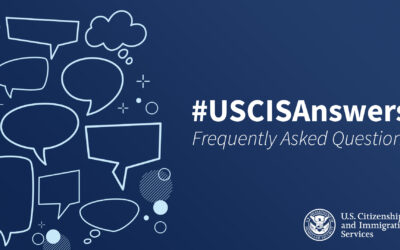Social distancing is a privilege. Testing 1 million people per day and contact tracing are key to avoiding a second surge in the fall or until a vaccine becomes available. Also, why does the United States of America have the highest number of COVID-19 cases and deaths in the world?
Most racial and ethnic minority groups have suffered a disproportionate burden of illness and death in this COVID-19 pandemic. Why is it so? Two reasons, says Dr. Eliseo J. Pérez-Stable, the director of the National Institute on Minority Health and Health Disparities – underlying health problems, and higher likelihood of being exposed to the virus due to living and working conditions.
Social distancing or physical distancing, as Dr. Pérez-Stable prefers to call it, is a privilege for most minority groups, especially immigrants. Many members live in crowded housing, dense neighborhoods, and are more exposed to the virus at their workplace due to the nature of their job.
So far, there is no evidence that connects genetic and biological factors to COVID-19, but this is an empirical question that needs and should be studied, encourages the scientist, who is an ethnic minority group member himself. Dr. Pérez-Stable was born in Cuba and came to the United States as a child.
We should be prepared for a second wave of the novel coronavirus virus in the fall, says Dr. Pérez-Stable with no hesitation.
While social distancing helped to flatten the curve, now there is need for additional health interventions.
He sees one promising alternative to the lack of vaccine – testing and contact tracing, time-proven interventions in containing epidemics. The pandemic will end only if and when 1 million people are being tested per day. Currently, United States is able to offer about 300,000 tests per day.
There are six months left to reach the one million goal, before the new flu season is here, but Dr. Pérez-Stable thinks that the goal is achievable. Testing is the best way to contain COVID-19, until a vaccine becomes available. It looks like we will have a vaccine early next year but Dr. Pérez-Stable is careful to add that he “won’t be surprised if there are delays.”
Why does the United States have the highest number of COVID-19 cases and deaths in the world?
Find the answers in this installment of America with an Accent, as we discuss the effect of COVID-19 on the health of racial and ethnic minority groups with Dr. Eliseo Pérez-Stable, the Director of the National Institute on Minority Health and Health Disparities.



0 Comments